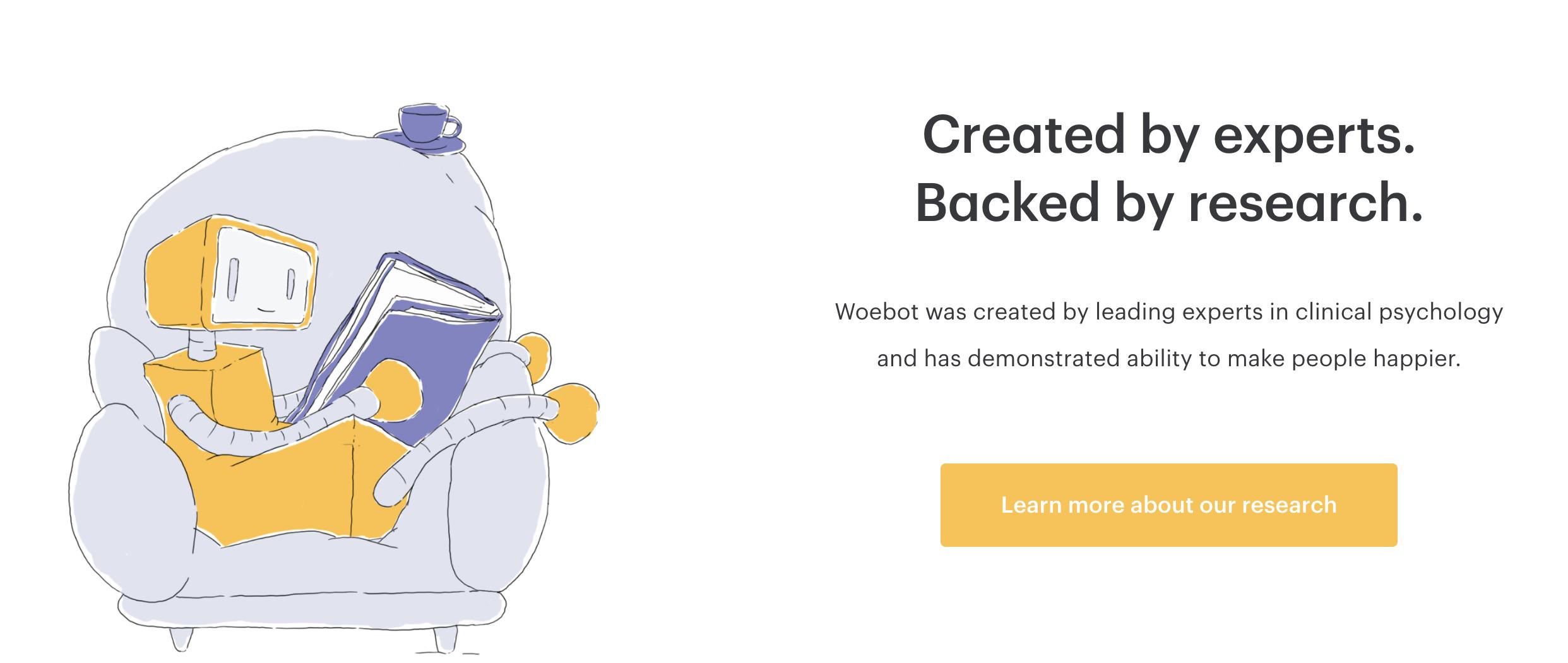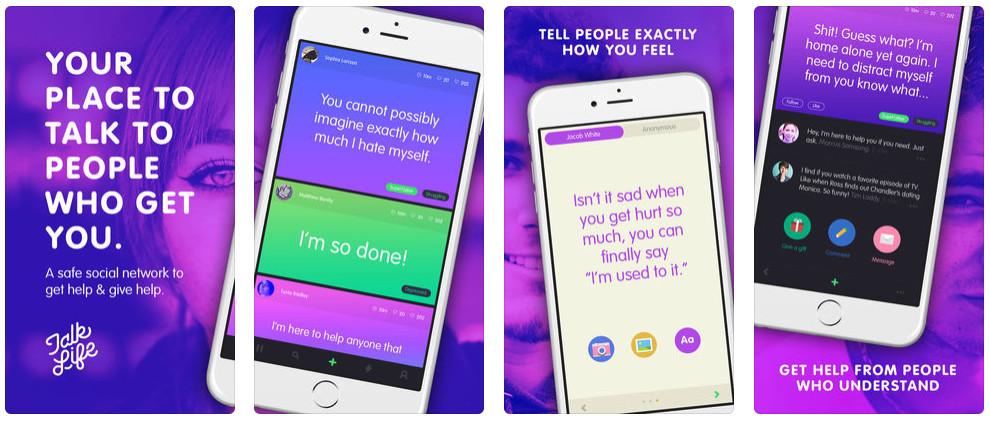On Tuesday evening, the therapy app Talkspace sent an apology to its newsletter subscribers. “Today an email went out that may have made some of our audience uncomfortable. We apologize for the provocative headline and, because of the condensed nature of email, the message did not include all of the nuances of the full blog piece,” the email read.
The headline in question appeared in the subject line of a Talkspace email newsletter that had been distributed earlier in the day. It read “Why hooking up is a good thing.”
The article within details the purported mental benefits of “hooking up,” and includes a few fire emoji as well as the prompt to talk to a Talkspace therapist “if something’s holding you back from enjoying casual sex.” Judging from the response on Twitter, some recipients were befuddled by the wording choice, and some were offended. It would also seem, by reading Talkspace’s apology email, that others had been triggered.
Talkspace is an online therapy and counseling service that offers 24/7 therapy via app, at prices that begin at $49 per week. Talkspace’s users and newsletter subscribers might be accustomed to slightly suggestive subject lines in their correspondence with the company. I’m not a paying customer, but I subscribe to the newsletter, and have noticed its penchant for cheeky, fun, youthful messaging there as well as on its blog and social channels. References to FOMO, advice on how to “have an awesome existential crisis,” and emoji are plentiful.
Talkspace is not unique in this regard: All sorts of modern brands communicate to consumers in young, conversational, and casual tones. “On social media, a powerful billion-dollar tech company can quite effectively wrap itself in the personality, cadence, and sexual desires of an extremely online 20-something,” Ringer writer Alyssa Bereznak recently wrote, in a piece about how Netflix and HBO communicate online as if the companies themselves were young adults. In many ways, this nonchalant voice is a response to our increasingly robotic times: Bots rule Twitter, spammers flood email inboxes, and robocalls are so frequent that unknown numbers never get answered. Creating an authentic, human, millennial-savvy brand voice is an attempt to cut through all that.
The user demographics of Talkspace and other mental health apps also contribute to their language choices. Talkspace courts partnerships with college sororities and fraternities, and recently launched Talkspace for Teens. (I reached out to Talkspace to ask about the process for creating its voice, but had not heard back by publishing time.) Meanwhile, popular therapy and chat app 7 Cups says it nets 2 million unique users a month, 90 percent of whom are under 35. TalkLife is a youth-targeting app that connects users to peers to anonymously chat about stress, anxiety, and depression. The app doesn’t connect users with therapists, only to other members, but it says it’s “clinically governed” and takes “safeguarding very seriously.” TalkLife’s UI is image-heavy, looking almost like an Instagram for mental health. There’s also Woebot, an AI app that uses a cutesy cartoon robot to chat with users about their issues. Many times, users can choose an emoji to answer Woebot’s queries.

The motivation for these language choices, then, is unsurprising. Apps and brands of every sector and vertical use similar messaging. But does that make it appropriate for mental health services?

Critics of the relatively new sector of mental health and counseling apps point to questions concerning therapist responsibility for patient safety, unlicensed therapists, excessive self-monitoring, and concerns that digital-only solutions lose important nuances of real-life communication. There has been pushback from traditional mental health resources: The American Psychological Association removed Talkspace’s ads from its publications; the APA also reviewed published studies on a handful of therapy apps and found they had a small effect on reducing depression but have not contributed to reducing suicide rates. Of course, in the apps’ defense, on-demand counseling services have democratized mental health, making it more readily available to people who live in rural areas or don’t have the luxury of time or health insurance.
Ben Caldwell, a licensed marriage and family therapist in Los Angeles, says that while he understands the apps’ desire to reach young audiences and to normalize therapy and make it more accessible, their efforts can sometimes appear “young and casual” to the point of being inappropriate or triggering. “Trained therapists are usually pretty good at recognizing when that’s happened, repairing the relationship, and learning from it. Apps and bots may have a harder time recognizing the impact of what they’ve said,” Caldwell said via email. “While I credit Talkspace for taking in the feedback from their users and apologizing, it remains true that some of the articles on their site seem like little more than millennial clickbait.” A recent article titled “What’s the ‘Right Speed’ for a New Relationship?” uses Pete Davidson and Ariana Grande as an example; the editorial choice capitalized on the momentary fascination with the celebrity couple but also seemed tactless, given Davidson’s public mental health struggles.
There’s something slightly too “trendy” about the content and language many mental health apps use; at best it’s targeting a younger audience, but at worst it’s infantilizing. But this is a brave new world for online counseling, and the potential for easily accessible and, in many cases, more affordable services that are available via a text or instant message can’t be discounted. In the process of courting younger users and creating millennial-friendly brands, digital mental health solutions may want to think beyond such a click-friendly mentality. As Caldwell explains it: “At some point they’ll need to reckon with the fact that what people will click on and what’s genuinely good for their mental health aren’t necessarily the same thing.”